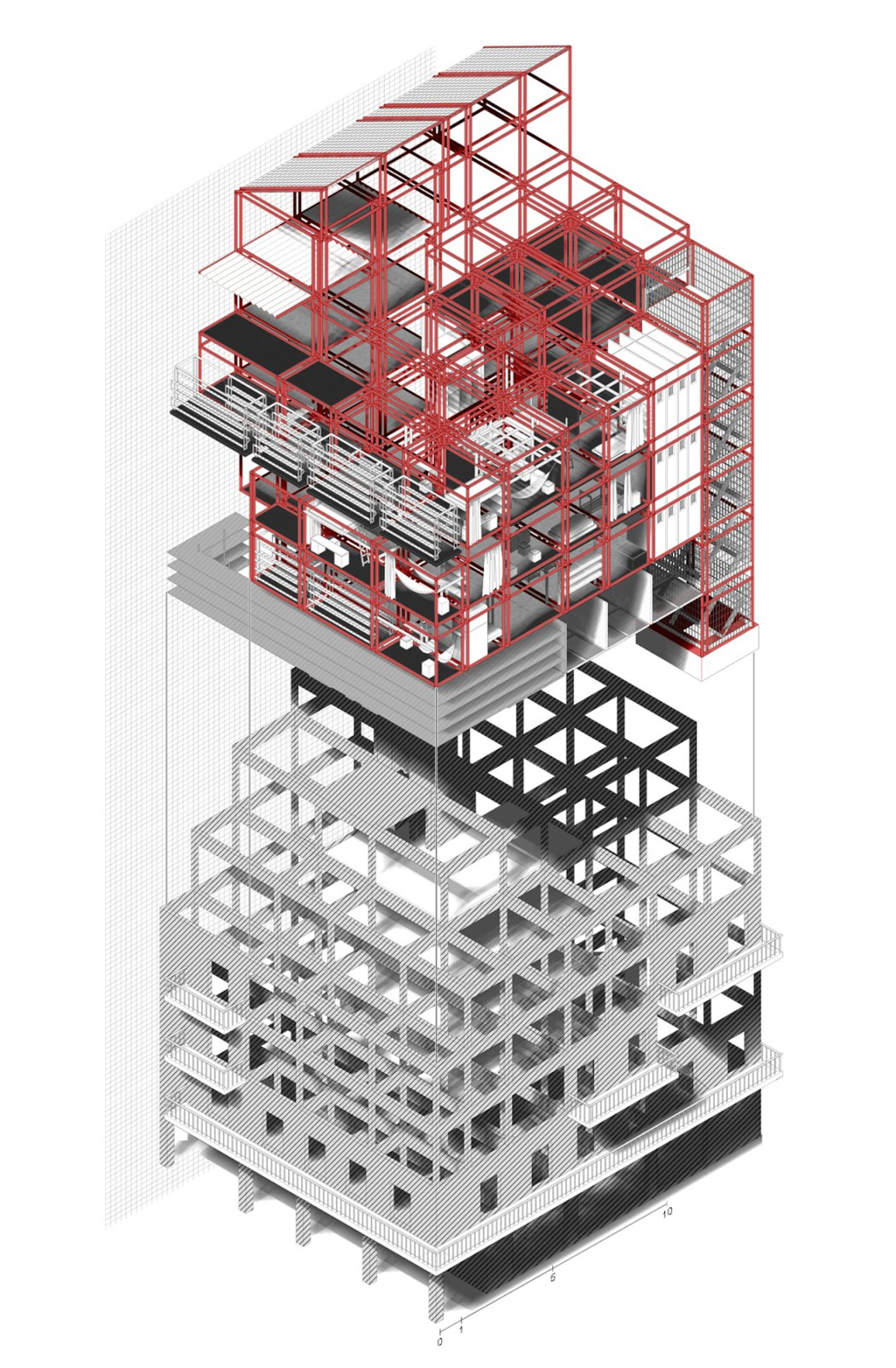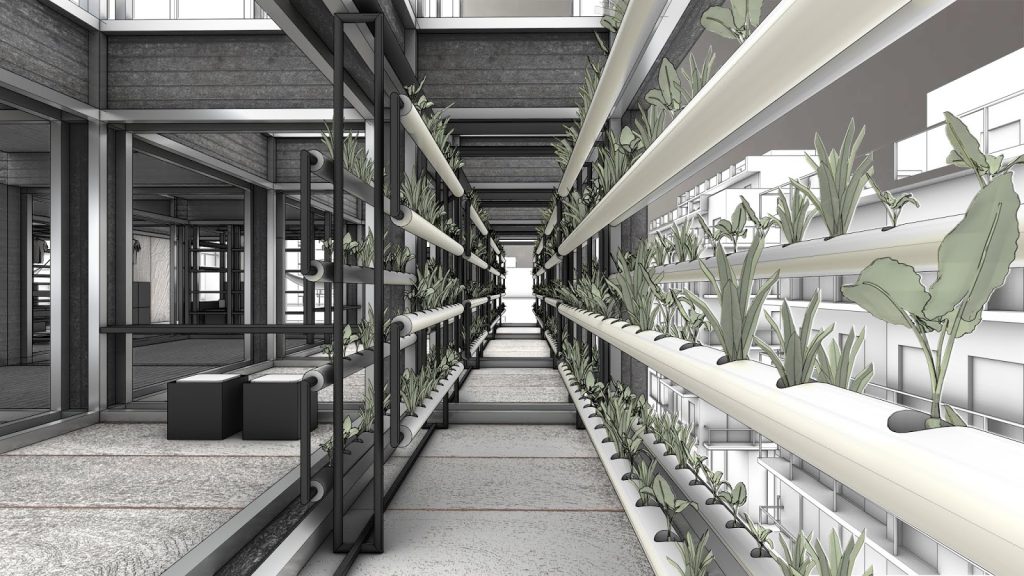After The Polykatoikia
Architectural Design 7 Studio at the Department of Architecture, University of Patras (2015-22)
Professor: Panos Dragonas
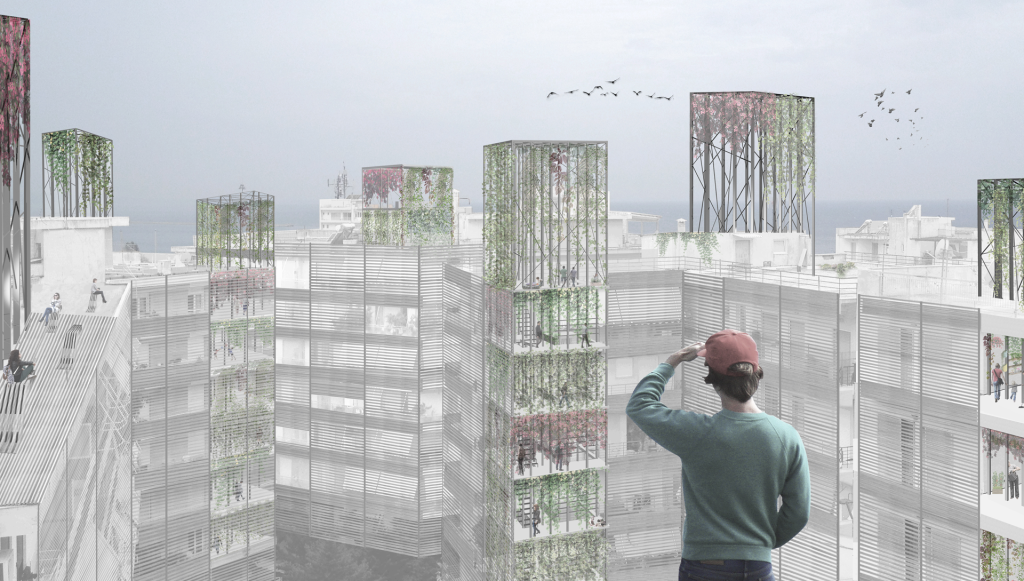
Lakoumenta Maria & Chronopoulou Aggeliki (2015-16)
Greek cities took on their present form during the years of post-war reconstruction. The social conditions of the time dictated the development of city centres. The polykatoikia (i.e. apartment building) of the antiparochi system provided a solution to the housing needs of the ever-growing population. The functional layout of the new dwellings focused on the needs of the nuclear family model. The image of the Greek city, characterised by micro-scale and the repetition of mundane individual elements, testifies to the dominance of the private sector over public space. In recent years, the ability of post-war housing to meet the current and future needs of the population has been called into question. New facts have interrupted the evolution of this development model. These relate to the social changes of recent years, the impact of the economic crisis and the problem of climate change. In addition, the inevitable ageing of post-war buildings requires their replacement or radical renovation. It is no coincidence that some people are already talking about the ‘death’ of multi-storey buildings.

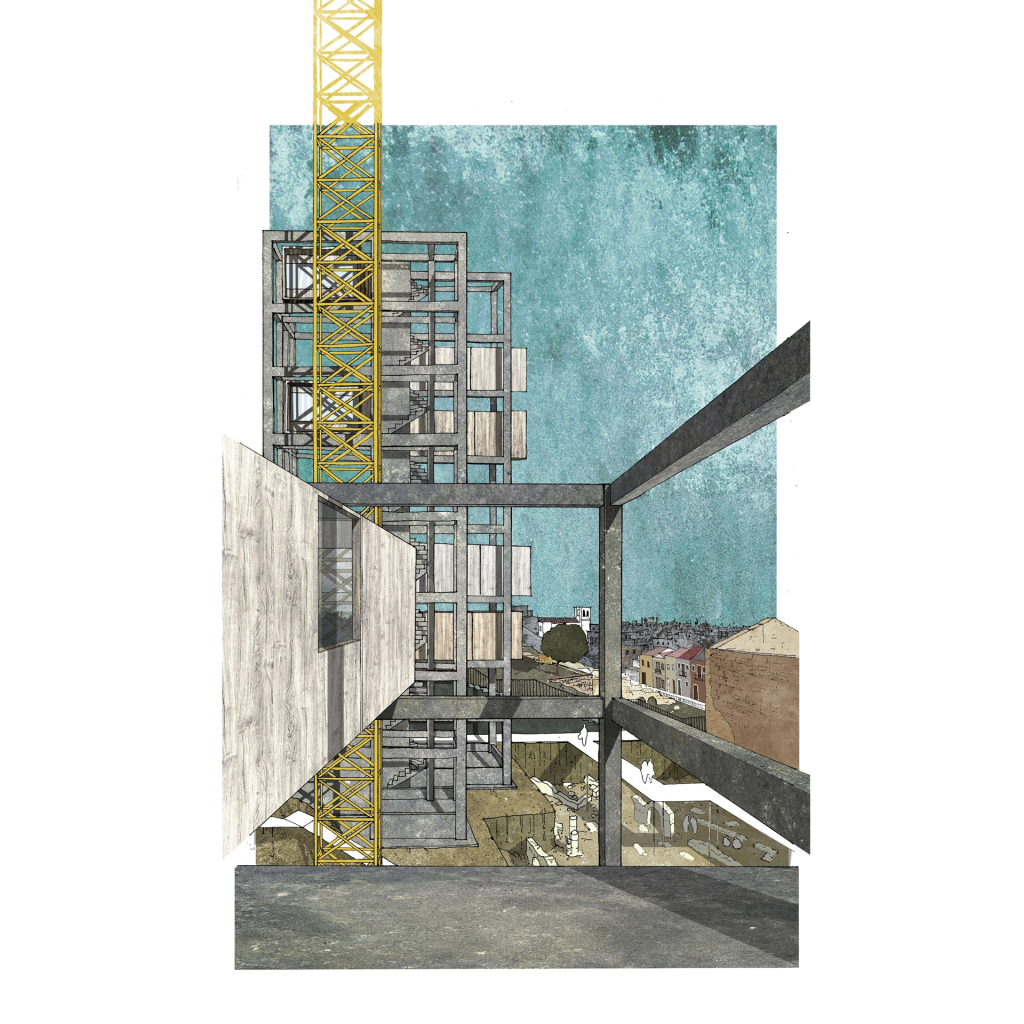
Doukas Konstantinos & Lagou Vasiliki (2017-18)
This fourth year design studio explored the possibilities of re-using the post-war apartment buildings of Patras. Different strategies for the regeneration of the city were examined and their social consequences discussed. The design proposals focused on the scale of the building block and aimed to formulate new narratives for the 21st century city. In this way it was possible to formulate visionary scenarios for living and working, for creating a new urban community and for renewing the public image of cities.
Van Der Weele Pieter & Korovesi Artemis (2017-18)
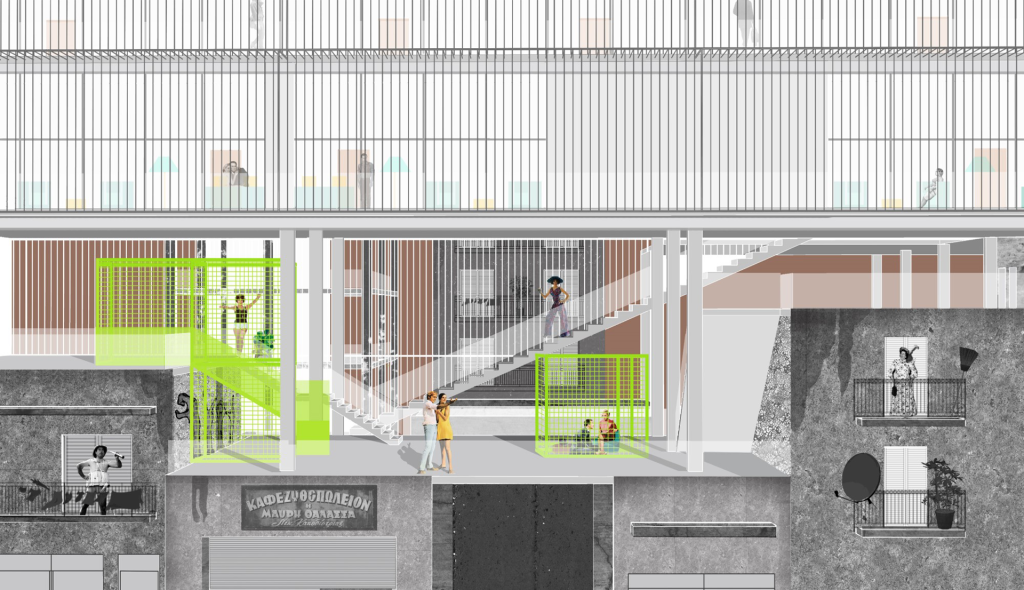
Dimitriou Nikoletta & Kolovou Despoina (2017-18)
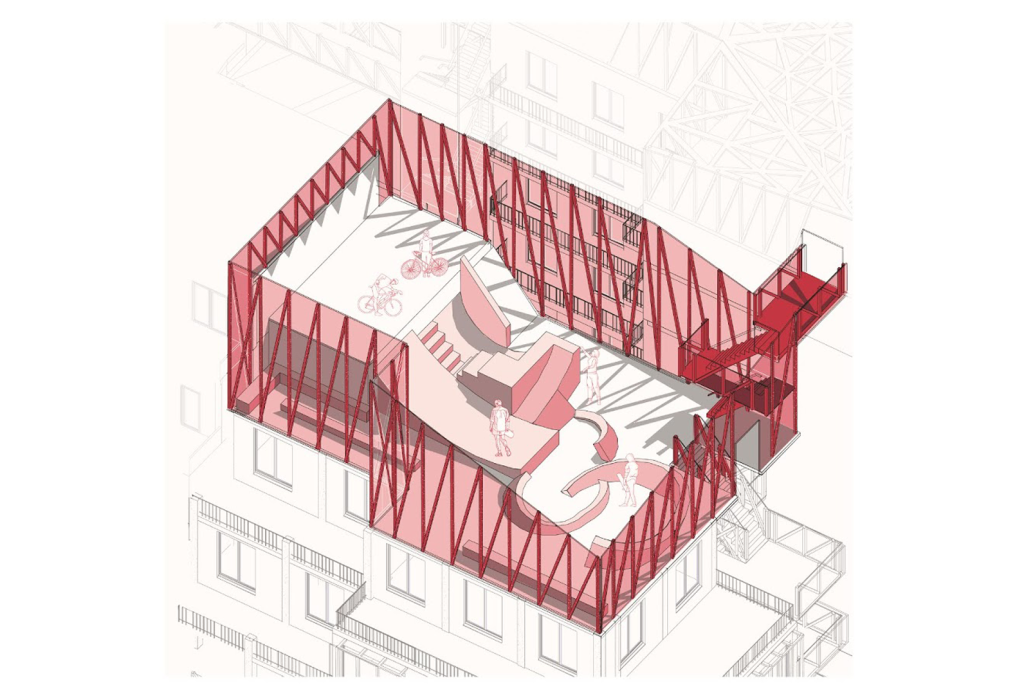
Planès Camille & Stévenot Emma & Roche Hélène (2019-20)
Robola Eleni & Tsevi Marilena (2017-18)

Tsekoura Christina (2017-18)
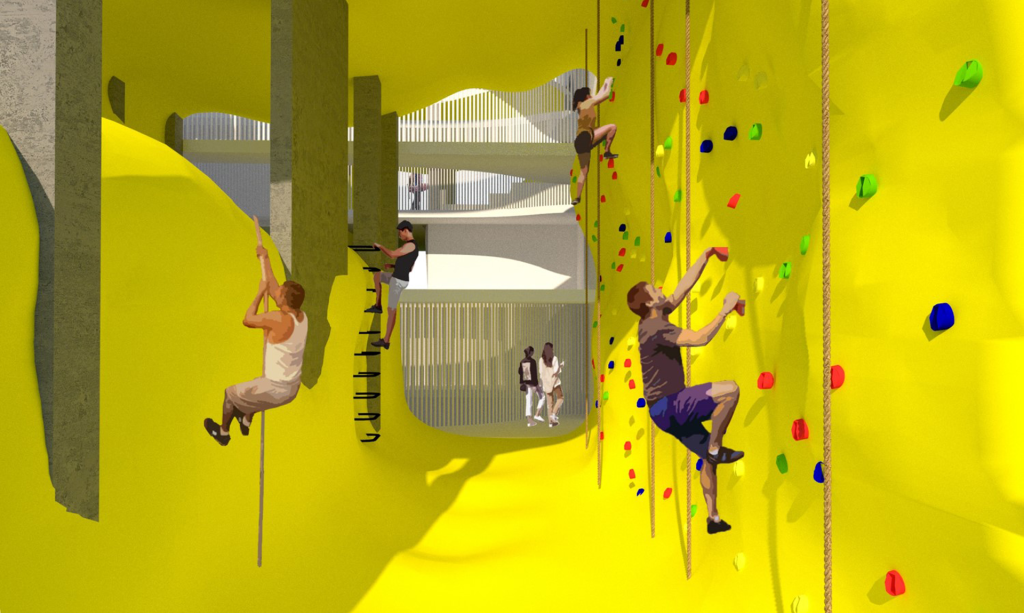
Modestou Georgios & Savva Andriani (2017-18)
